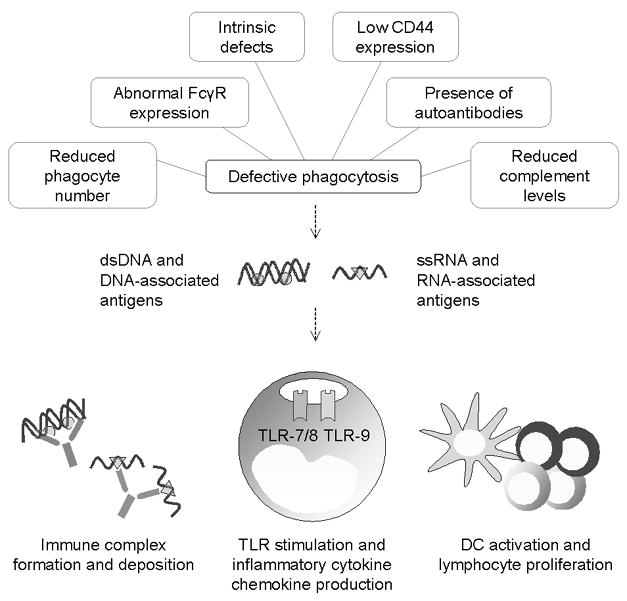Figure 2. Defects in phagocytosis and apoptotic cell clearance in SLE.

A number of intrinsic and extrinsic factors contribute to the phagocytic defects associated with SLE (top). Impaired clearance of apoptotic cells and debris results in the accumulation of endogenous nucleic acids and nucleic acid-associated antigens (e.g. histones bound to DNA and components of the small ribonuclear protein complex associated with RNA). Upon on translocation of these autoantigens into endosomes via FcγR-dependent uptake, endogenous nucleic acids stimulate the endosomal Toll-like receptors on monocytes and dendritic cells, triggering the production of inflammatory cytokines / chemokines and proliferation of lymphocytes. The presence of autoantibodies further perpetuates the inflammatory response due to immune complex formation and deposition within tissues.
